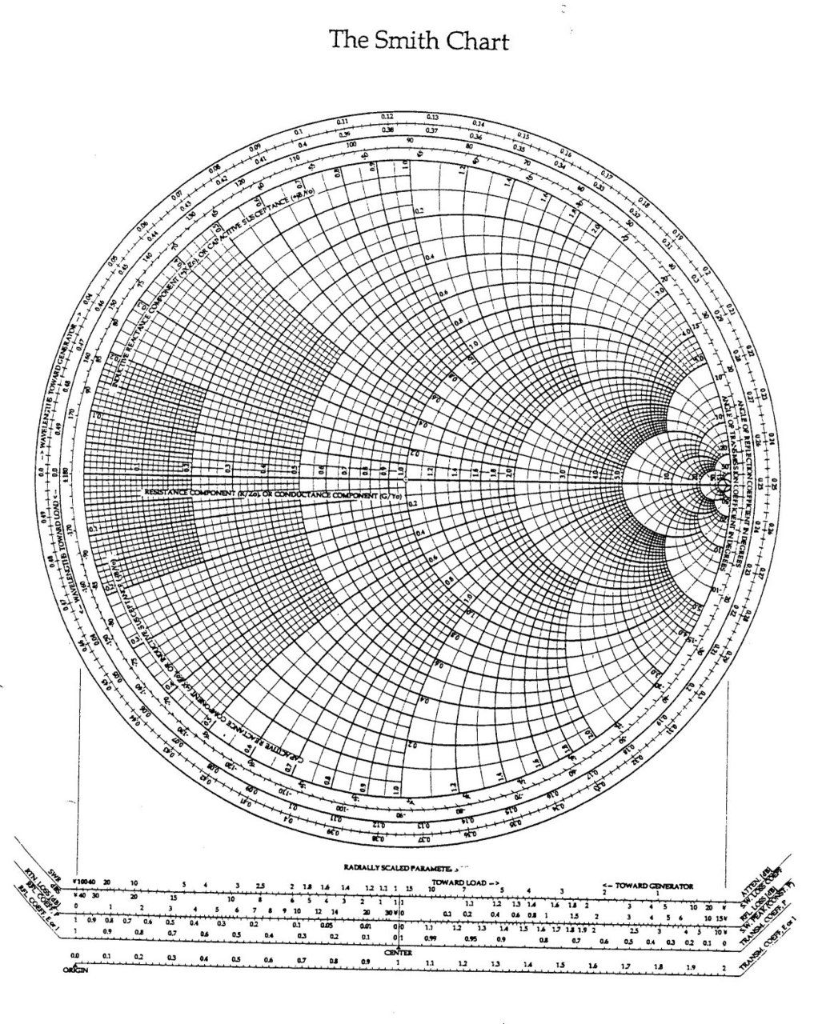
Liu, "Analysis of the omnipotent Smith Chart with imaginary characteristic impedances," ICMMT 2008 Proceedings, Nanjing, China, April 2014.ħ.

Gonzalez Morales, "Complex analysis of the lossy-transmission line theory: A generalized Smith Chart," Turkish Journal of Electrical Engineering & Computer Sciences (Elektrik), Special issue on Electrical and Computer Engineering Education in the 21st Century Issues, Perspectives and Challenges, Turkey, Vol. H., "An improved transmission-line calculator," Electronics, Vol. H., "Transmission-line calculator," Electronics, Vol. Heredia-Juesas, "Complex analysis and parameterization of the lossy transmission line theory and its application to solve related physical problems," International Conference on Electromagnetics in Advanced Applications, ICEAA 2015 Proceedings, 141-144, Torino, Italia, September 7-11, 2015.ģ. GW-I, ``Electromagnetics & Signal Theory Notebooks" series. Gago-Ribas, E., Complex Transmission Line Analysis Handbook, Vol. Maybe it is more convenient to use Z 0=Z t Smith chart for obtaining impedance transformation graphically without formulas (Smith chart center at Z t, not at 50 Ohm)įor deeper understanding of Smith chart I recommend to calculate impedance change for different line lengths using formulas, then calculate corresponding reflection coefficient Г (vector) for each case and draw it on a Smith chart.1. Why overlay the Smith chart scaled for ZT on top of the Z0 Smith

Maybe for emphasizing that it is not an arithmetic mean (Zout+Zin)/2.įormula for Zt is derived without using Smith chart. Why "ZT-line is the geometric mean of Zout and Zin." ? Rotation go through upper or lower half circle depending on particular values of Z out and quarterwave transformer line impedance Z t.

Cutting physical line length will result in counter-clockwise direction. On a Smith chart phase delay corresponds to clockwise rotation around some center depending on Zline(phase decreases clockwise). Traverse is across the upper half of a circle is because of adding physical line with length θ=90° delays reflection from Г(Z out) by 2*θ=180° (90° before reflection and 90° after reflection). Why traverse across the upper half circle ?


 0 kommentar(er)
0 kommentar(er)
